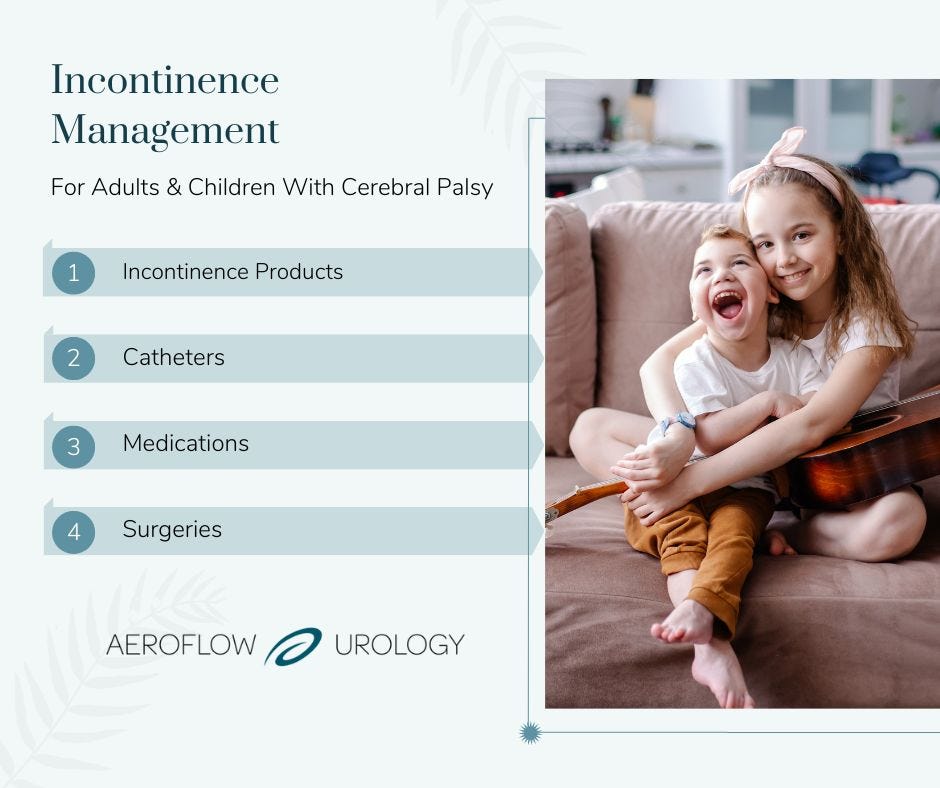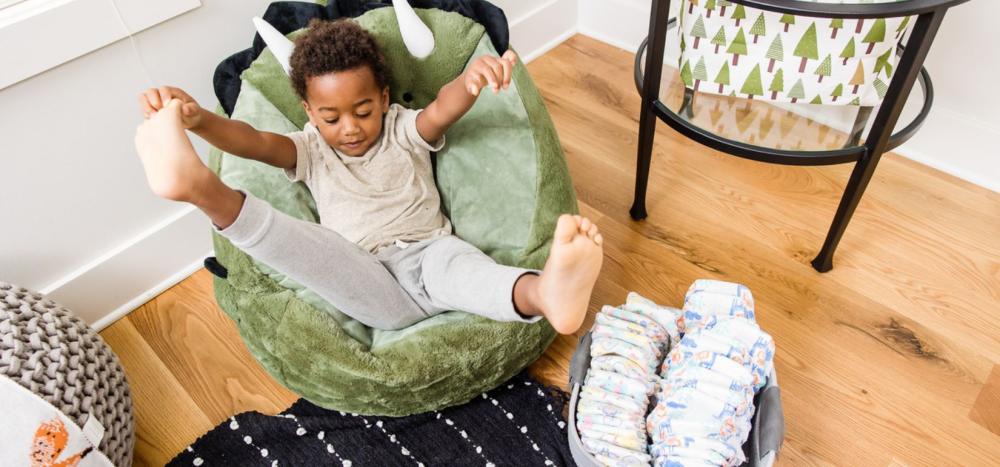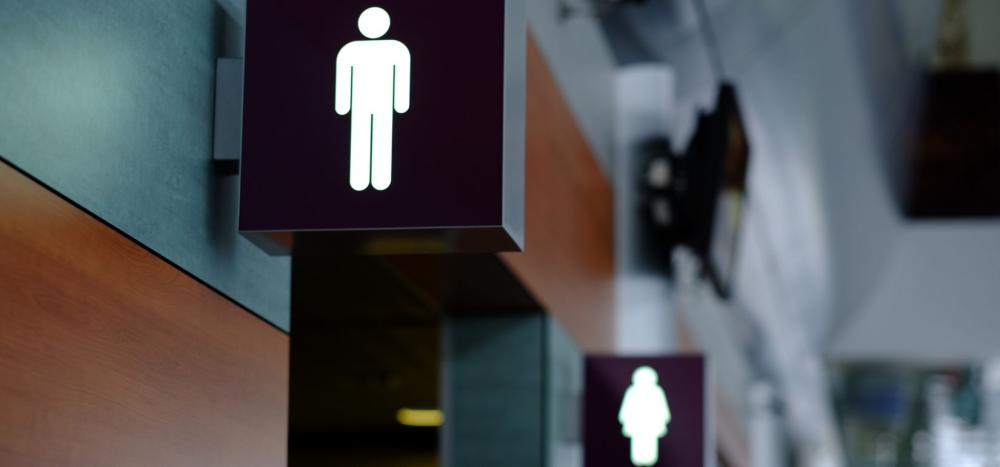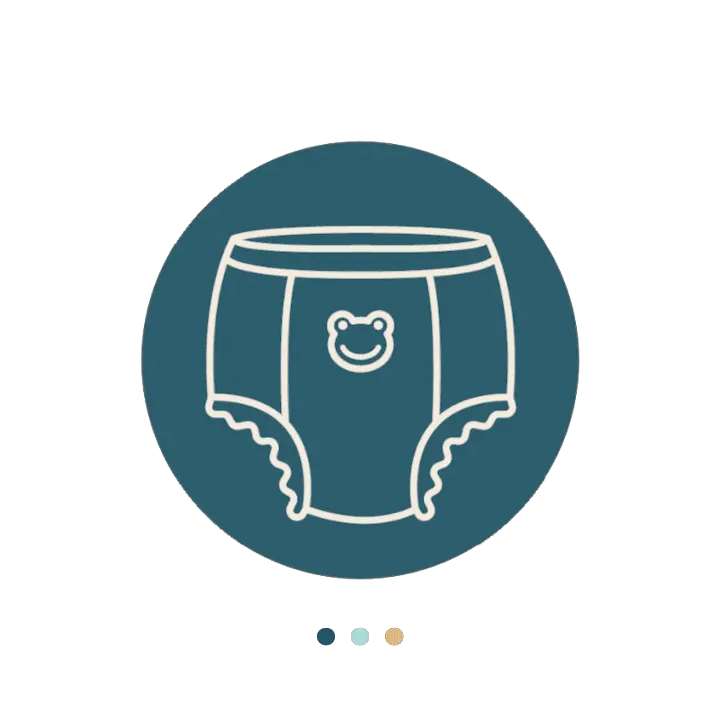Incontinence commonly occurs in adults and children with Cerebral palsy (CP). This can lead to issues like delayed toilet training and bladder and bowel leakage, known as urinary incontinence and fecal incontinence.
In this article, we’ll help you understand the connection between CP and incontinence and offer tips on how to manage bladder and bowel issues.
The Link Between CP & Incontinence
CP is a condition caused by brain damage or abnormal development of the brain during pregnancy or shortly after birth during infancy. Depending on where damage occurs in the brain, CP can affect a person’s movement, balance, and muscle control to varying degrees of severity.
There are many different types of CP and they are categorized based on a person’s ability to move their muscles.
Categories of CP:
Check Your Eligibility
2 Easy Steps
From catheters to pediatric and adult incontinence supplies, discover the continence care essentials covered by your insurance.
- Spastic: Spastic cerebral palsy is the most common type of CP which affects about 80% of people with the condition. This type of CP results from damage to the motor cortex which causes muscles to stiffen, causing involuntary muscle contractions.
- Dyskinesia: This is caused by damage to the basal ganglia, causing involuntary movements.
- Ataxia: Caused by cerebellum damage, resulting in poor balance and shaky movements.
- Mixed: Caused by damage to different parts of the brain, resulting in a combination of movement issues.
Incontinence is defined as an involuntary loss of urine (urinary incontinence) or fecal matter (fecal incontinence) due to a lack of bladder control or bowel control. Many people with CP lack continence, possibly attributed to neurological impairment.
Incontinence affects 70-80% of people with CP, with 85% experiencing urinary urgency and frequency. Because the muscles contract involuntarily (muscle spasticity) in people with CP, their bladder and bowel muscles may also be affected and contract involuntarily or not at all, leading to unintentional voiding or retention.
CP may also cause incontinence due to nervous system damage which can affect the detrusor (bladder) muscle. This is known as neurogenic bladder and leads to symptoms of urinary incontinence like urinary urgency, frequency, and pain.
CP & Incontinence In Children


CP is the most common motor disability among children with around 1 in 345 children being diagnosed with the condition. CP occurs more frequently in boys than girls and more frequently in Black children than White children.
Children with CP may experience a delay in potty training; children with the condition learn to use the toilet at an older age than those without the condition. Children with CP also experience more daytime wetting, fecal incontinence, and urinary tract infections (UTI) compared to those without the condition.
CP & Incontinence In Adults
Prevalence among CP and incontinence in adults is high, with one study showing 20% of women with CP having bladder overactivity and nearly 50% experiencing urine leakage. The same study reported about 45% of men with CP experienced urinary urgency. Adults with CP may have a difficult time maintaining quality of life due to their incontinence.
How to Know If Your Loved One Will Develop Incontinence
Your healthcare provider may not be able to diagnose CP early because it can take years for children to begin showing symptoms.
It’s also difficult to diagnose incontinence at an early age, but signs include:
- Delays in potty training (children).
- Unintentionally leaking urine or feces (teens and adults).
- Needing to void bladder or bowels urgently and often (teens and adults).


Tips to Manage Incontinence
Certain treatments may be available for your loved one with CP and incontinence.
1. Incontinence Products. Diapers, training pants, and pull-ups for children and adult briefs or protective underwear are simple solutions your loved one can use for incontinence management. These highly absorbent products catch leaks and prevent UTIs.
Your loved one may qualify to get these products for free through insurance with Aeroflow Urology. The whole process can be done from the comfort of your own home through your phone or computer— to see if your loved one qualifies, fill out our simple Eligibility Form. It takes less than 5 minutes. After submitting their information, we’ll reach out to you within a matter of days to inform you of their eligibility status. We send free samples so you can find the perfect products for your loved one’s unique needs, and you’ll get free monthly shipments in discreet packaging right to your door.
2. Catheters. If your loved one experiences urinary retention, a catheter may be a good option to help drain their bladder. Check to see if your loved one qualifies for low-cost catheters covered by insurance with our Eligibility Form.
3. Medications. People with CP may be prescribed bladder control medications, such as Tofranil or Desmopressin acetate. These medications control bladder neck muscles, thirst, and urination frequency. Medications that aid in avoiding constipation may also be prescribed for those with CP. Speak with your loved one’s healthcare provider or pediatric doctor to find what will work best for them.
4. Surgeries. Surgeries like bladder augmentation or bladder botox may be suitable for your loved one with CP. Speak with their healthcare provider about these options.
CDC. (2018, April 18). Basics about Cerebral Palsy. Centers for Disease Control and Prevention; U.S. Department of Health & Human Services. https://www.cdc.gov/ncbddd/cp/facts.html
Marciniak, C., O’Shea, S. A., Lee, J., Jesselson, M., Dudas-Sheehan, D., Beltran, E., & Gaebler-Spira, D. (2013). Urinary Incontinence in Adults With Cerebral Palsy: Prevalence, Type, and Effects on Participation. PM&R, 6(2), 110–120. https://doi.org/10.1016/j.pmrj.2013.07.012
CDC. (2020, March 2). 11 Things to Know about Cerebral Palsy | CDC. Centers for Disease Control and Prevention. https://www.cdc.gov/ncbddd/cp/features/cerebral-palsy-11-things.html#:~:text=Cerebral%20palsy%20(CP)%20is%20a
Ozturk, M., Oktem, F., Kisioglu, N., Demirci, M., Altuntas, I., Kutluhan, S., & Dogan, M. (2006). Bladder and bowel control in children with cerebral palsy: case-control study. Croatian Medical Journal, 47(2), 264–270. https://www.ncbi.nlm.nih.gov/pmc/articles/PMC2080400/
Cerebral Palsy Incontinence - Incontinence Due To Cerebral Palsy. (2021, January 29). Cerebral Palsy Guide. https://www.cerebralpalsyguide.com/blog/cerebral-palsy-incontinence/#:~:text=Cerebral%20palsy%20also%20causes%20abnormal
Information provided on the Aeroflow Urology blog is not intended as a substitute to medical advice or care from a healthcare professional. Aeroflow recommends consulting your healthcare provider if you are experiencing medical issues relating to continence care.









